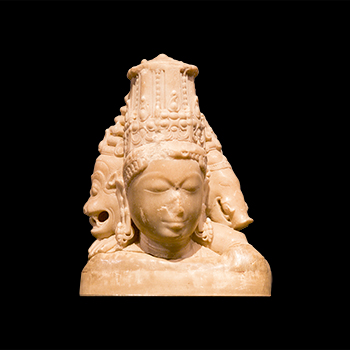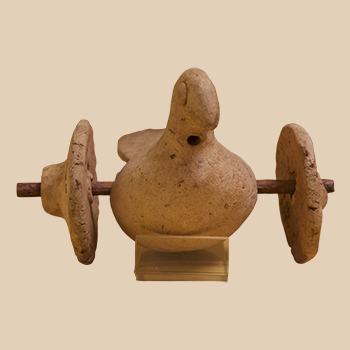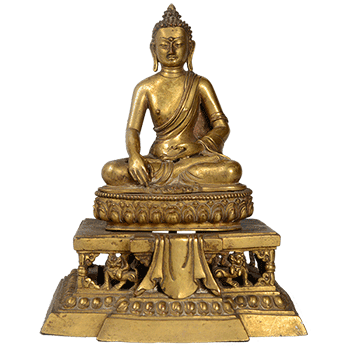Shakyamuni Buddha is a name given to the historical Buddha, also known as Gautama Buddha, who lived from 566 to 485 BCE in central north India. So it's nearly always the case that when someone is talking about Shakyamuni, he or she is speaking of the historical figure who was born Siddhartha Gautama but then became known as Shakyamuni only after he became the Buddha. The word Shakyamuni mean the sage of the Shakya. Buddha is called Shakyamuni because he belonged to the Shakya clan. This clan ruled over the republic of Kapilavastu. This name has been specifically coined to distinguish the historical Buddha from the general meaning of the word "Buddha" which means ‘one who woke up’ and in Buddhist doctrine, any such enlightened individual is technically a Buddha.































